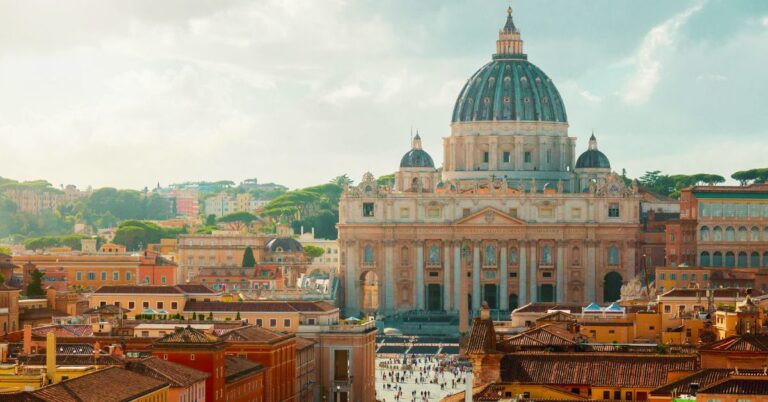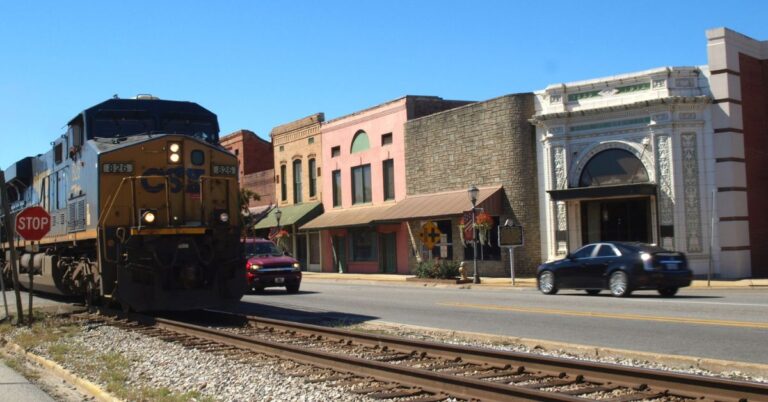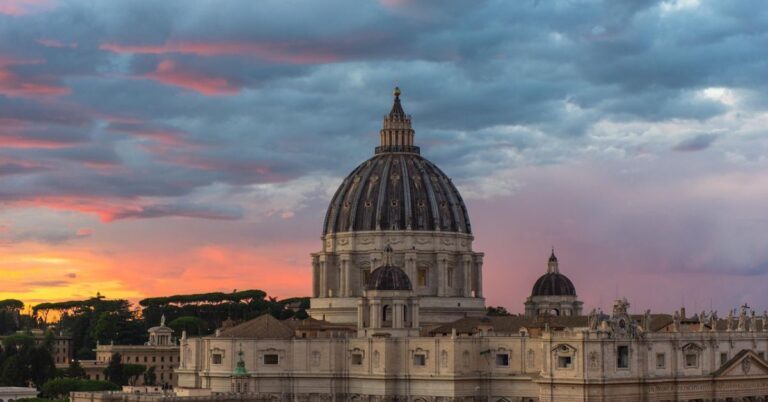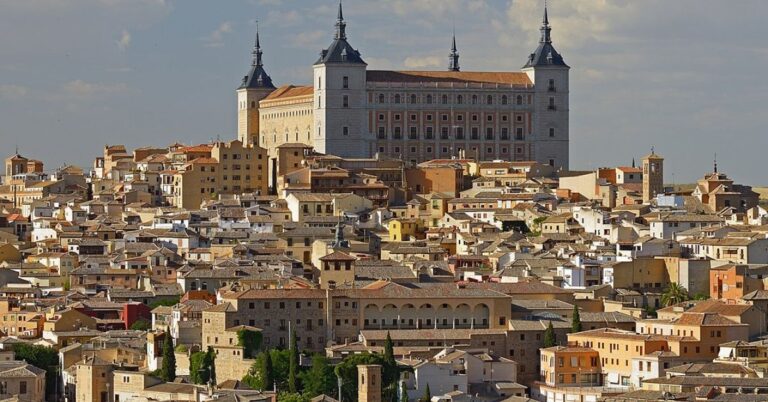25 Secret Corners Of Rome That Hold Incredible Stories
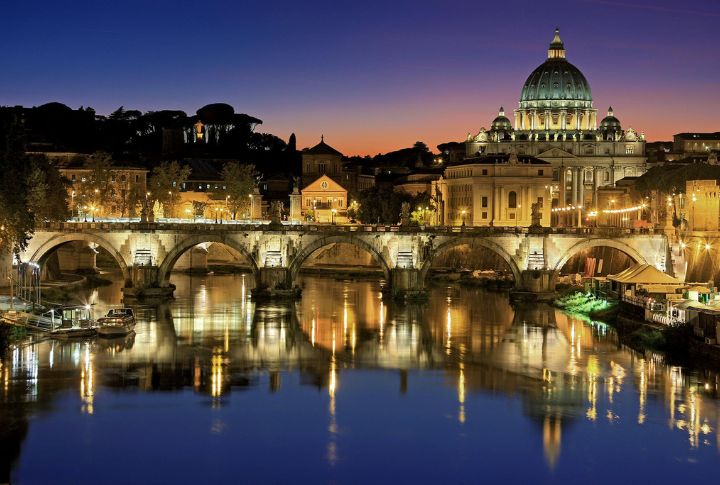
In Rome, ancient splendor hides in plain sight, waiting beyond the usual postcard landmarks. Some overlooked structures whisper forgotten tales, proving that the Eternal City’s most breathtaking wonders aren’t always in the spotlight. If you’re traveling to Rome, don’t forget to visit these fascinating places away from the crowds.
Quartiere Coppede
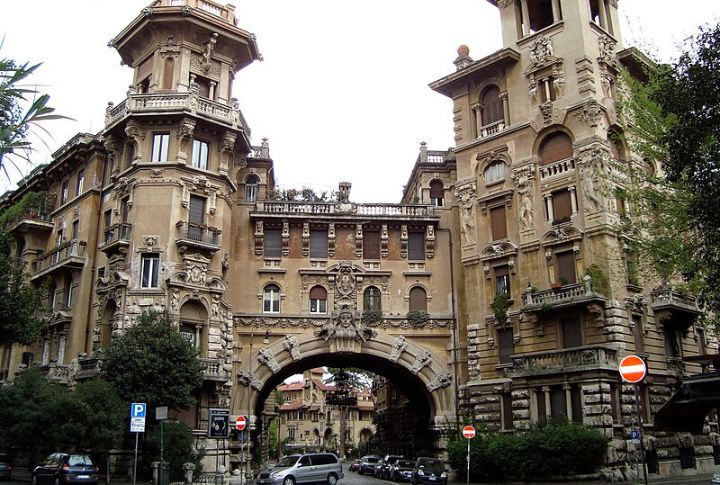
Have you ever seen a neighborhood that looks like a fairytale designed by a visionary with an overactive imagination? Welcome to Quartiere Coppede. Constructed between 1915 and 1927, this district blends Art Nouveau, medieval turrets, and classical Roman motifs. The ornate chandeliers hanging at the main entrance make even a casual stroll feel cinematic.
Galleria Sciarra
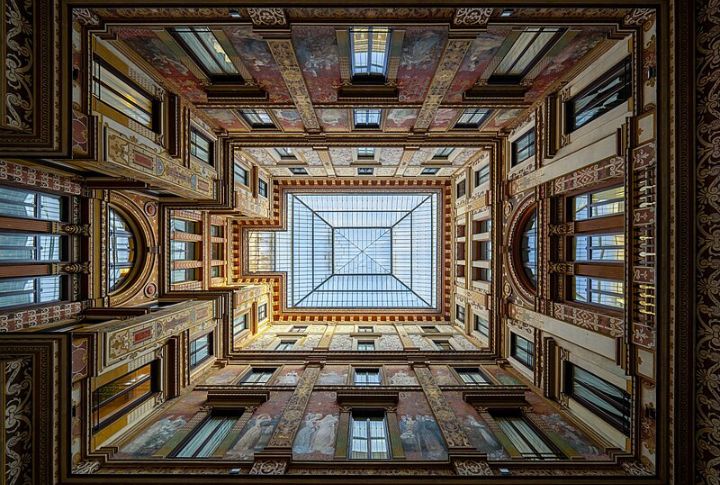
Tourists flock to Trevi Fountain without realizing they are steps away from an open-air masterpiece. Galleria Sciarra is a secluded courtyard decorated with murals from the late 19th century and was once a business hub. The depictions of feminine virtues make it a glowing example of Italy’s lesser-known artistic marvels.
The Protestant Cemetery
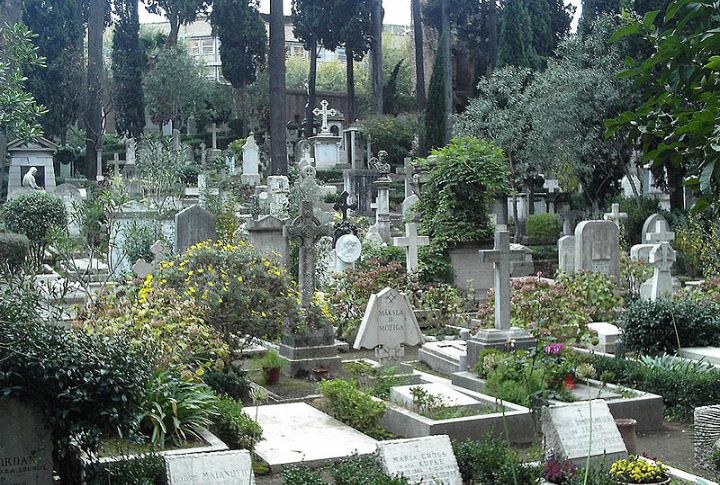
Intended as a place of eternal rest, the Protestant Cemetery holds a past as compelling as those buried within. Established in 1716, it became a refuge for non-Catholic souls, including poets like Keats and Shelley. The nearby Pyramid of Cestius adds an unexpected Egyptian touch, while even the stray cats seem to linger in quiet reverence.
San Pietro In Vincoli

Completed in 1515, Michelangelo’s Moses was originally designed for the tomb of Pope Julius II. The statue’s striking horns are the result of a mistranslation of the Hebrew Bible, where “rays of light” became “horns.” Its powerful pose and intricate detailing, especially in the beard, make it a must-see example of Renaissance sculpture.
Baths Of Caracalla
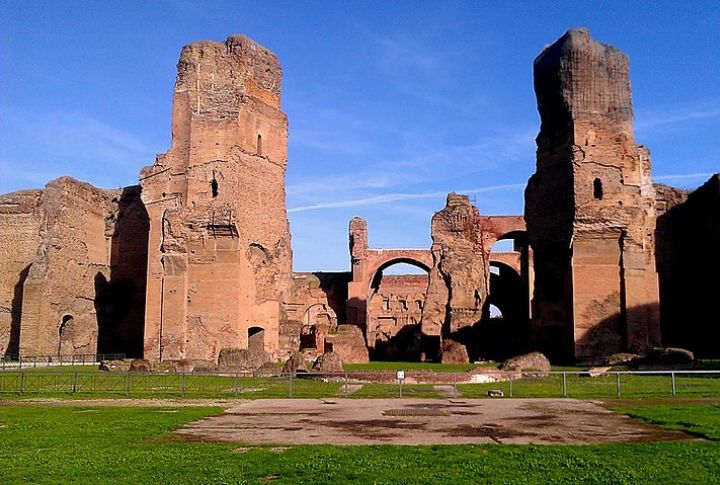
Romans believed in bathing like emperors. Erected in the early third century, these vast bathhouses had libraries, gardens, and an underground heating system. Today, the ruins host open-air opera performances. If only the ancient elite had known, their spa days would one day include Verdi.
Villa Doria Pamphili
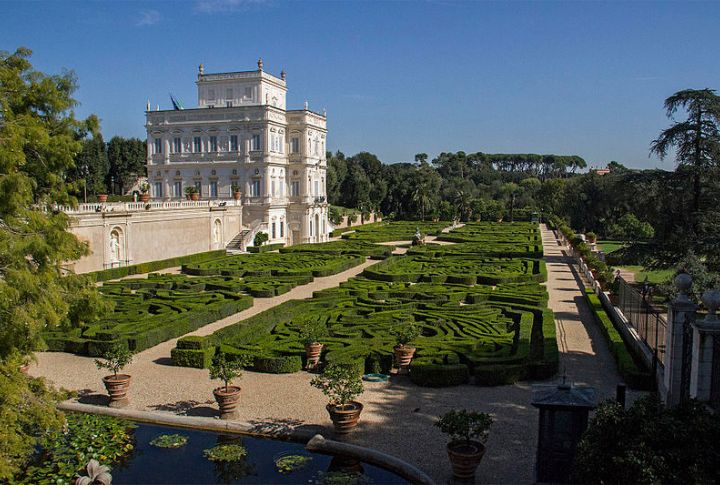
Italy’s largest landscaped park conceals a Baroque residence fit for aristocracy. The Pamphili dynasty once entertained popes and dignitaries here. With elegant fountains, hidden pathways, and views stretching for miles, it is the perfect getaway from the city’s chaotic streets—if you know where to look.
Casina delle Civette
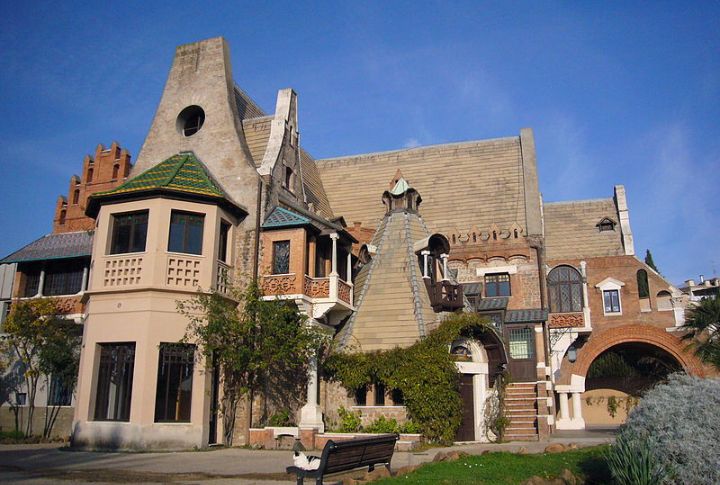
Owls, mosaics, and secret passages, this place has serious Gothic novel charm. Initially built as a Swiss-style cottage, it evolved into a whimsical Art Nouveau retreat for Prince Giovanni Torlonia Jr. The stained-glass windows make it one of the capital’s most enchanting architectural oddities.
Passetto Del Biscione
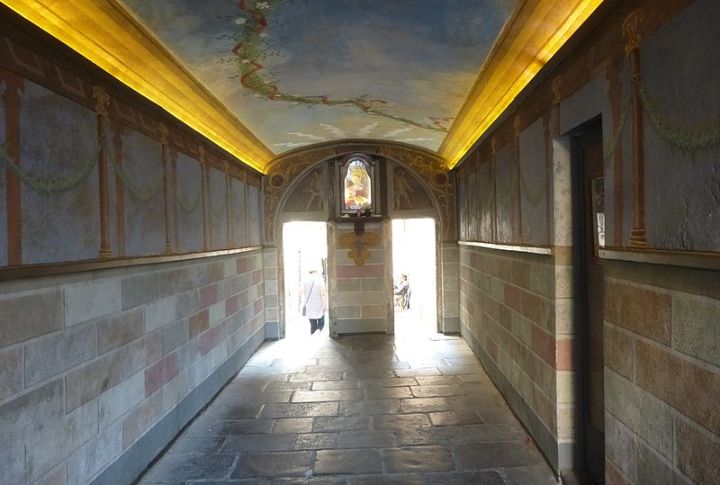
Beneath the bustling Campo de’ Fiori lies a concealed tunnel with faded Renaissance frescoes. This dimly lit corridor once connected noble estates, offering a discreet escape route. Now, it is a ghostly reminder of the city’s hidden layers, both physically and historically.
Mausoleum Of Augustus
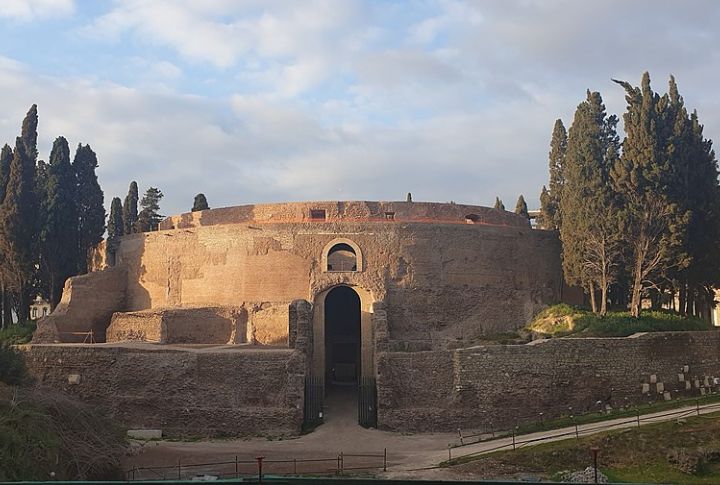
After years of neglect, the massive tomb of Rome’s first emperor has reopened to the public. Constructed in 28 BC to showcase imperial power—and house his entire family—it had crumbled over time. Now, a stunning restoration has revived it, bringing back its ancient grandeur.
Domus Aurea

Gold-covered walls, artificial lakes, and a rotating dining hall—Nero’s palace was nothing short of an imperial fever dream. Built following the Great Fire of Rome, this lavish estate was buried under later constructions. Archaeologists are still uncovering its extravagant secrets, one mosaic at a time.
Tiber Island
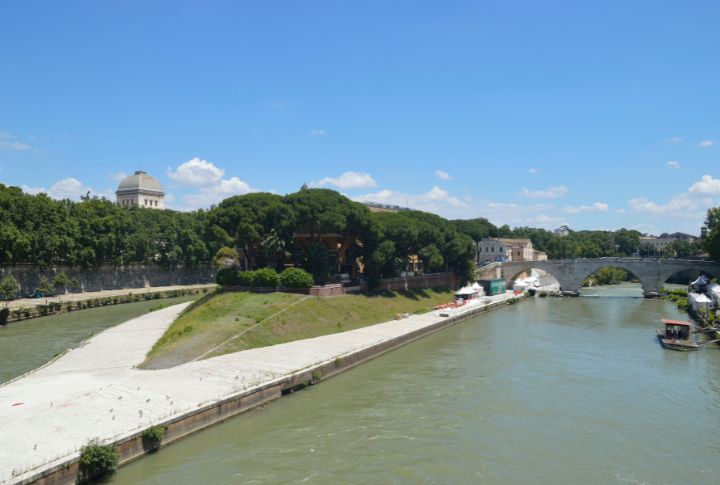
Sitting right in the middle of the river, this little island has been all about healing since ancient times. The Romans dedicated it to Aesculapius, the god of medicine, and even built a hospital that remains operational today. A walk across the 2,000-year-old Ponte Fabricio is a trip through time.
Crypta Balbi
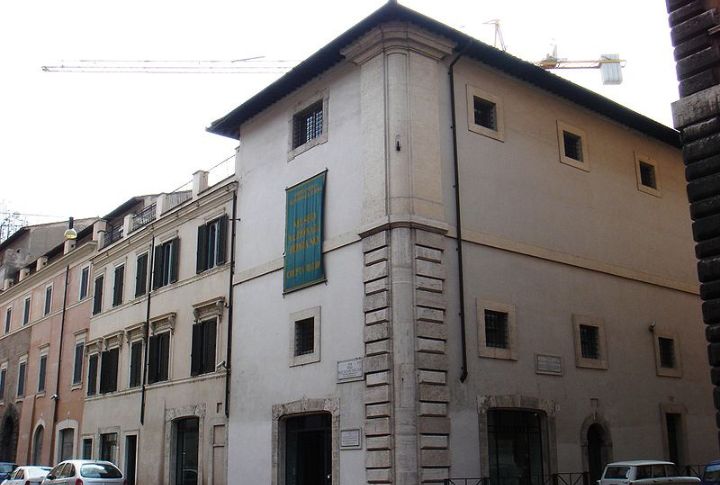
What began as backstage storage for a Roman theater turned into a buried scrapbook of everyday life at Crypta Balbi. Layer by layer, archaeologists have uncovered medieval kitchens, ancient coins, and forgotten walls. Each one is a snapshot of a city that never hits pause and just keeps stacking the present right on top of the past.
Palazzo Altemps
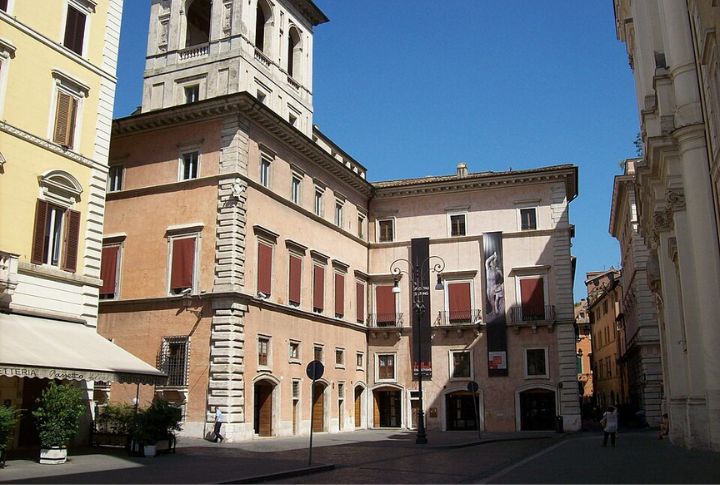
Renaissance aristocrats did not just collect art; they hoarded it. This 15th-century mansion showcases sculptures once owned by Rome’s wealthiest families. With its intricate frescoes and classical statues, the courtyard alone feels like wandering in an elite collector’s extravagant dream.
Santa Maria Maggiore
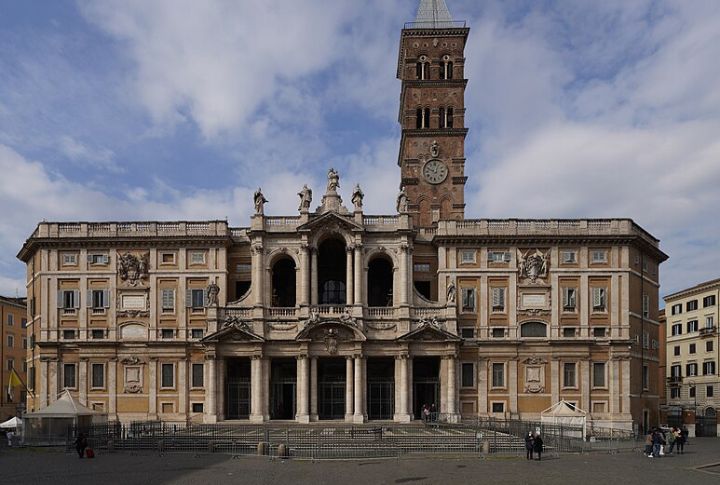
Gold gleams across the ceilings of this cathedral, which holds some of the oldest mosaics in Christendom. Built in the 5th century, legend says its location was chosen after a miraculous snowfall in August. Each year, artificial snow falls inside during annual celebrations.
Orto Botanico

A botanical garden in the heart of Trastevere? Absolutely! It is a slice of tropical paradise where you least expect it. Towering palms, hidden waterfalls, and rare blooms make it a serene escape from Rome’s bustle. It’s like finding a tropical escape right when you need a relaxing break.
Centrale Montemartini
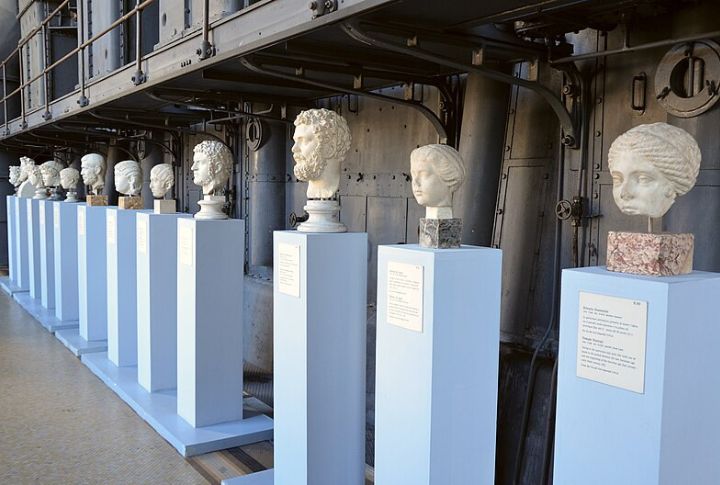
Where else can you find ancient statues displayed next to giant power turbines? This former electricity plant-turned-gallery unexpectedly fuses industry and antiquity. The contrast makes it one of the city’s most striking and unconventional exhibition spaces.
Palazzo Spada

Perspective tricks were all the rage in Baroque Rome. Architect Francesco Borromini designed a colonnade that appears to stretch endlessly but is an illusion. In reality, the whole thing is only 29 feet long—just another day in Rome, where even the buildings deceive you.
San Luigi Dei Francesi
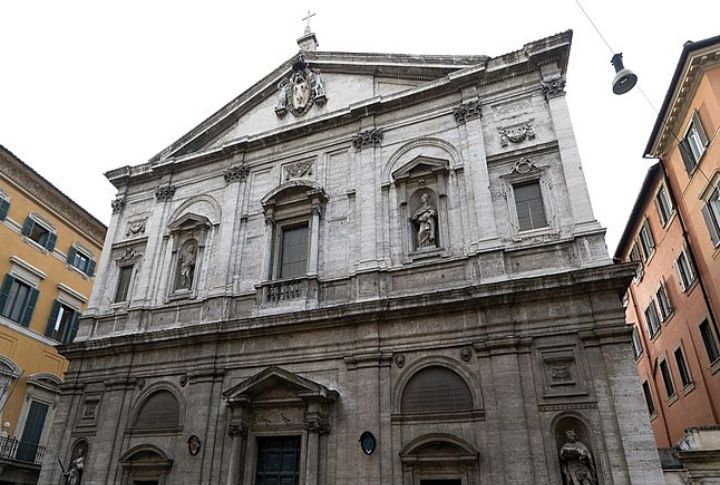
Three Caravaggio masterpieces hang in this dimly lit chapel, each telling a gripping story with dramatic lighting. His “Calling of St. Matthew” feels more like a cinematic thriller than a biblical scene. Few churches double as mini art museums quite like this.
Fontana Delle Tartarughe

Turtles may seem like an unlikely symbol of Renaissance artistry, but this fountain in Piazza Mattei pulls it off with style. Designed in the late 16th century, it originally lacked its four bronze turtles. These playful additions arrived in the 17th century, lending an unexpected charm to the fountain’s symmetry.
Villa Farnesina
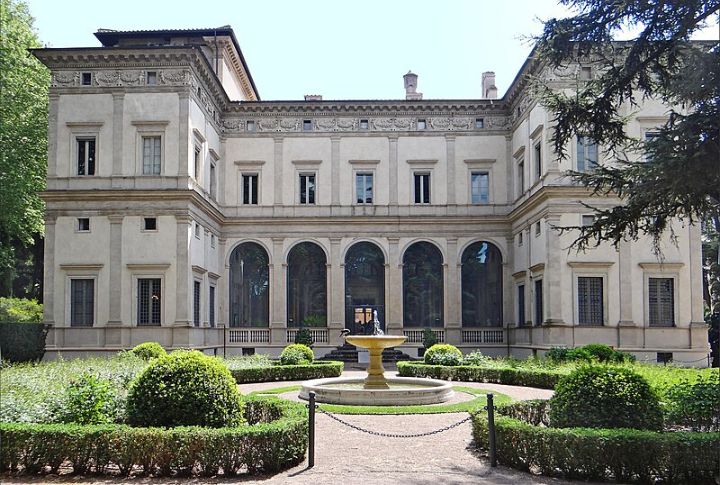
Raphael’s frescoes transform the walls of this Renaissance villa into a breathtaking celebration of mythology and beauty. Commissioned by Agostino Chigi, a wealthy banker, in the early 16th century, its lavishly painted interiors remain among the most stunning examples of Rome’s golden age.
San Clemente
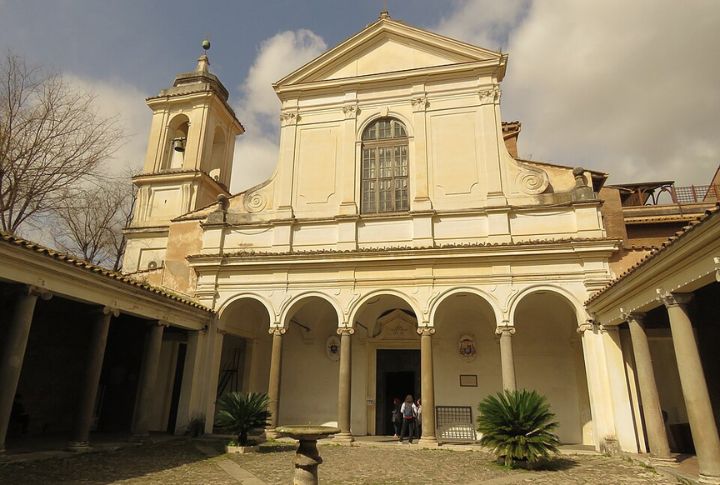
Three layers of history are stacked within San Clemente, each revealing a different era of Rome’s past. The 12th-century basilica sits atop a 4th-century church, which itself rests on 1st-century Roman structures. Among them is a well-preserved temple of Mithras within the remains of ancient residences and streets.
Aventine Keyhole
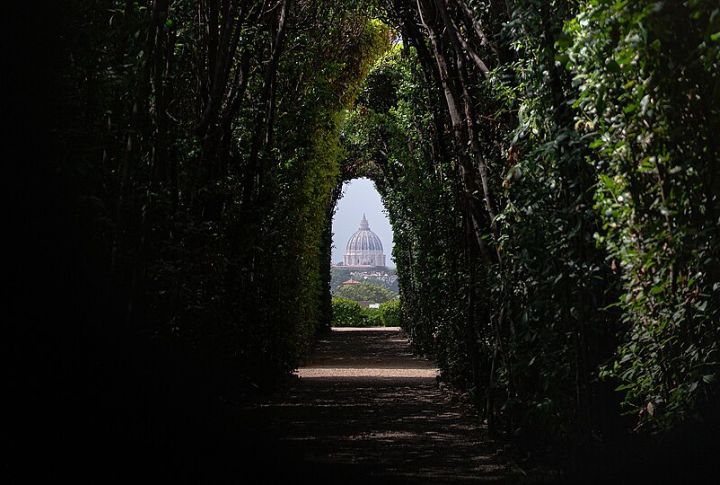
Peering through a humble keyhole in an unassuming door, you’ll find St. Peter’s Basilica perfectly framed in the distance. It is not an illusion—just a masterful design by the Knights of Malta. The precise alignment and lingering mystery behind its creation only heighten its appeal.
Basilica Di Santa Cecilia
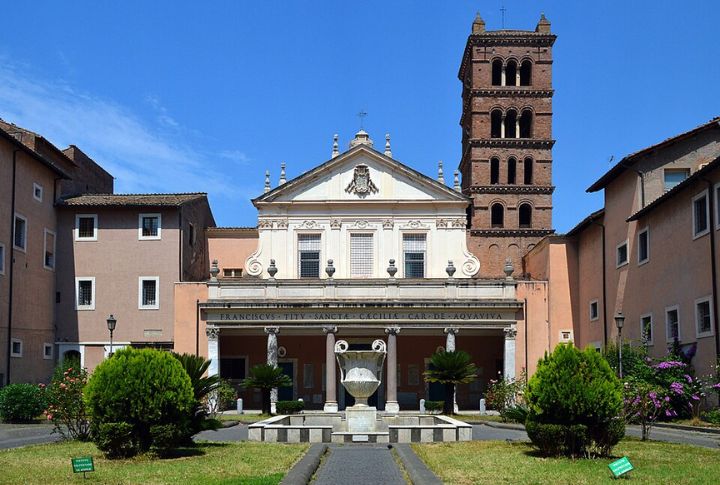
This Trastevere sanctuary honors the patron saint of music, and its hidden crypt is a treasure of early Christian art. The striking sculpture of Saint Cecilia in serene repose captures both devotion and artistry, which makes it a place of quiet reverence and timeless beauty.
Pyramid Of Cestius
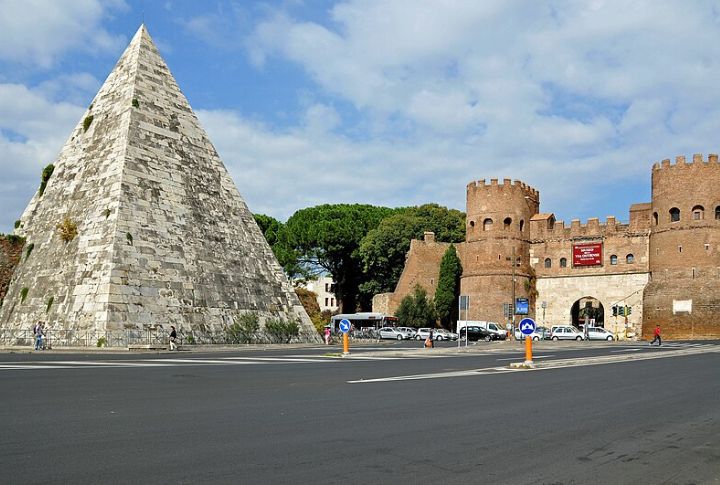
Who knew the Eternal City had a pyramid? Constructed in the first century BC as a tomb for Gaius Cestius, this structure was inspired by Egypt-mania following Rome’s conquest of Cleopatra’s kingdom. Unlike its Egyptian cousins, this pyramid stands isolated, an anomaly in the skyline.
Porta San Paolo
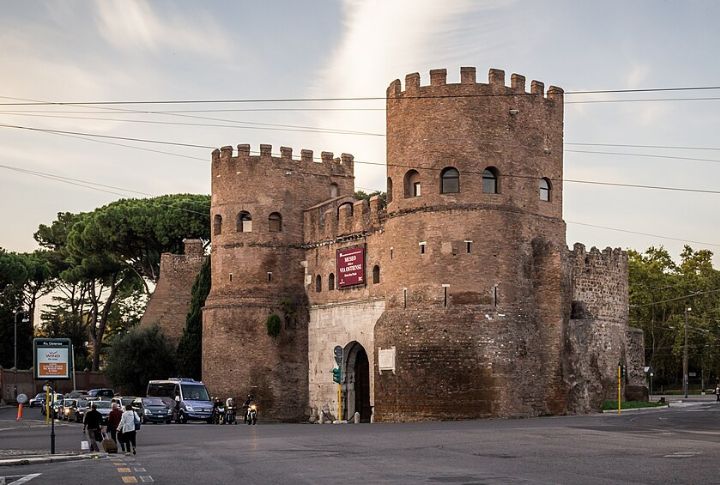
Once a key defensive gateway, this third-century structure guarded the road to Ostia, Rome’s ancient seaport. Its imposing towers remain remarkably intact. Today, Porta San Paolo houses a museum that reveals its long history of battles, transformations, and the city’s evolving defenses.



